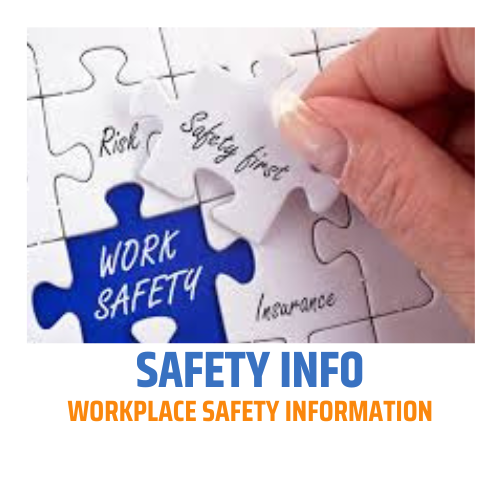What are the OHS Standards?
OHS stands for Occupational Health and Safety. OHS standards
refer to a set of regulations, guidelines, and practices aimed at ensuring the
health, safety, and welfare of workers in the workplace. These standards vary
from country to country, but I can provide you with a general overview of the
key components commonly found in OHS standards. Please note that specific
regulations may differ based on the jurisdiction you are referring to. Here are
some common elements of OHS standards:
- Hazard identification and risk assessment: OHS standards typically require employers to identify potential hazards in the workplace and assess the risks associated with them. This involves regular inspections, risk assessments, and the development of appropriate control measures.
- Safety policies and procedures: OHS standards often require organizations to develop and implement comprehensive safety policies and procedures. These may include emergency response plans, fire safety protocols, personal protective equipment (PPE) requirements, and safe work practices.
- Training and education: Employers are generally required to provide adequate training and education to workers regarding workplace hazards, safe work practices, and the proper use of equipment and machinery. Training programs may also cover topics such as first aid, hazard communication, and ergonomics.
- Incident reporting and investigation: OHS standards typically mandate the reporting and investigation of workplace incidents, accidents, and near misses. This helps in identifying the root causes of incidents and implementing corrective actions to prevent future occurrences.
- Ergonomics and workplace design: OHS standards often address ergonomic considerations to promote the well-being of workers. This includes proper workstation design, manual handling techniques, and the prevention of musculoskeletal disorders.
- Occupational exposure limits: OHS standards usually establish permissible exposure limits for hazardous substances and physical agents in the workplace, such as noise, chemicals, radiation, and biological hazards. These limits help protect workers from potential health risks.
- Health and hygiene: OHS standards may include provisions for maintaining appropriate workplace hygiene, sanitation facilities, access to clean water, and control of occupational health hazards such as exposure to harmful substances, dust, or fumes.
- Workplace inspections and enforcement: OHS standards often involve routine inspections conducted by regulatory authorities to ensure compliance with safety regulations. Non-compliance can lead to penalties, fines, or legal consequences.
It's important to note that OHS standards can vary
significantly between countries, regions, and industries. For specific
information about OHS standards applicable to your situation, it is recommended
to consult the regulations and guidelines provided by the relevant local or
national occupational health and safety authorities.







0 Comments